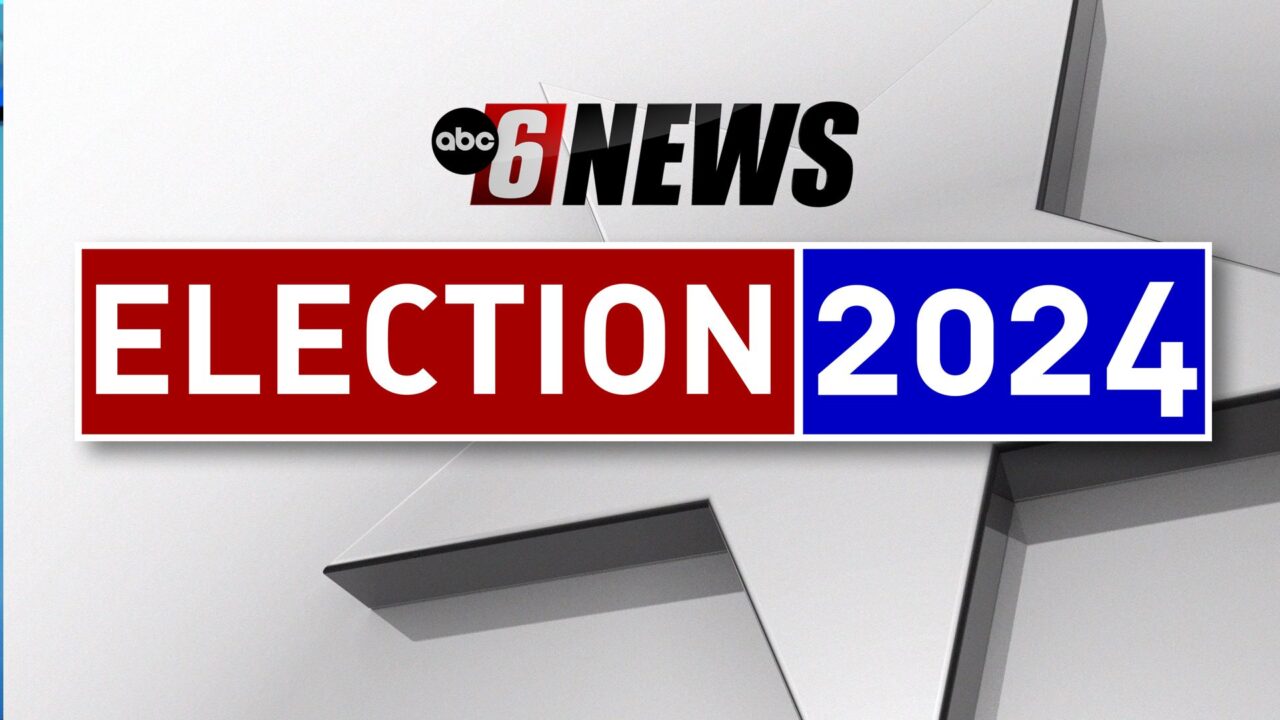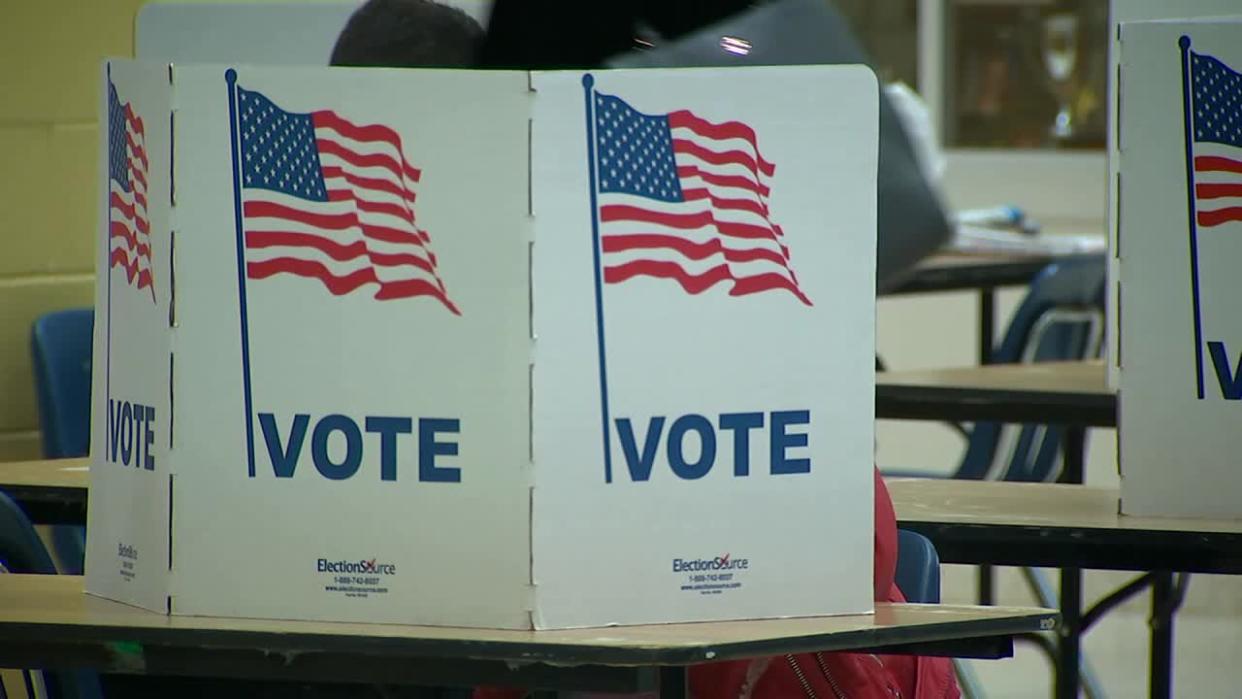Current Minnesota Primary Polls
The Minnesota primary elections are approaching, and the latest polls offer insights into the current state of the race for each major party. These polls provide valuable information about voter preferences and potential outcomes, which can influence the course of the campaigns and ultimately impact the general election.
Democratic Primary Polls
Recent polls indicate a tight race for the Democratic nomination in Minnesota. The most recent poll, conducted by [Pollster Name] on [Date] with a sample size of [Number] voters, shows [Candidate 1] leading with [Percentage] support, followed closely by [Candidate 2] with [Percentage] support. [Candidate 3] trails behind with [Percentage] support.
The poll also found that [Percentage] of voters remain undecided.
These results suggest that the race is still very much up for grabs and that the outcome could be influenced by factors such as voter turnout and campaign strategies.
Republican Primary Polls
The Republican primary in Minnesota is also competitive, with several candidates vying for the nomination. The latest poll, conducted by [Pollster Name] on [Date] with a sample size of [Number] voters, shows [Candidate 1] leading with [Percentage] support, followed by [Candidate 2] with [Percentage] support. [Candidate 3] trails behind with [Percentage] support.
The poll also found that [Percentage] of voters remain undecided.
This indicates that the Republican primary is also fluid and could be influenced by late-breaking developments or changes in voter sentiment.
Impact on the General Election
The outcome of the primary elections will have a significant impact on the general election. The candidates who emerge victorious will likely face off in the general election, shaping the political landscape and influencing the direction of the state. The primary polls provide valuable insights into the preferences of voters and can help predict the potential outcome of the general election.
For example, if a candidate performs poorly in the primary, it could indicate a lack of support and make it more difficult to win the general election.
However, it is important to note that the general election is a different race with different dynamics, and the primary polls should not be interpreted as definitive predictions of the general election outcome.
Key Candidates and Their Positions

The Minnesota primary elections offer voters a chance to choose the candidates who will represent their party in the general election. This year, both the Democratic and Republican parties have a diverse field of candidates vying for the nomination. This section will explore the leading candidates in each party, examining their policy positions, campaign strengths and weaknesses, and how their views align with the concerns of Minnesota voters.
Leading Democratic Candidates and Their Positions
The Democratic primary race in Minnesota is expected to be competitive, with several candidates vying for the nomination. Here are some of the leading contenders and their key policy positions:
- Candidate A: Candidate A is a well-known figure in Minnesota politics, having served in the state legislature for several years. They are known for their progressive stances on issues such as healthcare, education, and environmental protection. Candidate A has pledged to expand access to affordable healthcare, increase funding for public schools, and implement policies to combat climate change. They are likely to appeal to voters who prioritize these issues and are seeking a candidate with a proven track record of advocating for progressive policies.
- Candidate B: Candidate B is a relative newcomer to the political scene, but they have gained significant traction with their strong focus on economic issues. They have pledged to create jobs, lower taxes, and make Minnesota a more attractive destination for businesses. Candidate B’s campaign is likely to resonate with voters who are concerned about the state’s economy and who believe that a more business-friendly environment is essential for growth and prosperity.
- Candidate C: Candidate C is a more moderate Democrat who has focused their campaign on addressing the concerns of working-class families. They have pledged to increase the minimum wage, provide affordable housing, and invest in infrastructure. Candidate C’s campaign is likely to appeal to voters who are struggling to make ends meet and who are seeking a candidate who will fight for their interests.
Leading Republican Candidates and Their Positions
The Republican primary in Minnesota is also expected to be closely contested. Here are some of the leading contenders and their key policy positions:
- Candidate D: Candidate D is a well-known figure in Minnesota politics, having served in the state legislature and as a county commissioner. They are known for their conservative stances on issues such as taxes, government spending, and social issues. Candidate D has pledged to cut taxes, reduce government regulation, and uphold traditional values. Their campaign is likely to appeal to voters who prioritize these issues and who are seeking a candidate with a strong conservative record.
- Candidate E: Candidate E is a newcomer to politics but has gained significant attention with their focus on education reform. They have pledged to increase school choice, improve teacher quality, and make Minnesota a national leader in education. Candidate E’s campaign is likely to resonate with voters who are concerned about the quality of education in Minnesota and who believe that parents should have more choices in their children’s education.
- Candidate F: Candidate F is a more moderate Republican who has focused their campaign on economic issues. They have pledged to create jobs, support small businesses, and make Minnesota a more attractive destination for investment. Candidate F’s campaign is likely to appeal to voters who are concerned about the state’s economy and who believe that a more business-friendly environment is essential for growth and prosperity.
Strengths and Weaknesses of Each Candidate’s Campaign
Each candidate brings unique strengths and weaknesses to their campaigns. Some candidates may have strong political experience, while others may have a strong fundraising base or a compelling personal story. It is important for voters to carefully consider each candidate’s qualifications and experience before making a decision.
Comparing and Contrasting the Candidates’ Approaches to Key Issues
The candidates in both the Democratic and Republican primaries have differing views on a range of key issues that are important to Minnesota voters. These issues include healthcare, education, taxes, and the environment. Voters should carefully examine each candidate’s positions on these issues and determine which candidate’s views align most closely with their own.
Factors Influencing the Primary Election
The Minnesota primary elections are a crucial step in determining the candidates who will represent their respective parties in the general election. The outcome of these primaries is influenced by a complex interplay of factors, including voter demographics, party affiliation, local issues, and national political trends.
Party Affiliation, Minnesota primary polls
Party affiliation plays a significant role in shaping voter preferences in primary elections. Registered Democrats are more likely to vote for Democratic candidates, while registered Republicans are more likely to vote for Republican candidates. This trend is particularly pronounced in Minnesota, which has a strong history of partisan politics.
Demographics
Demographics, including age, race, ethnicity, and socioeconomic status, also influence voter preferences in primary elections. For example, younger voters are often more likely to support progressive candidates, while older voters may be more inclined towards candidates with traditional views.
Local Issues
Local issues, such as education, healthcare, and taxes, can also impact voter choices in primary elections. Candidates who address these issues effectively and align with voters’ concerns are more likely to gain support.
National Political Trends
National political trends and events can also have a significant impact on primary elections. For instance, the national debate over healthcare or immigration may influence voter preferences in Minnesota. Candidates who are seen as aligning with the national political climate may be more likely to attract voters.
Potential for Surprises
While the factors discussed above can provide insights into the likely outcome of the Minnesota primary elections, there is always the potential for surprises or upsets. These surprises can be attributed to factors such as the emergence of a strong grassroots campaign, a candidate’s ability to mobilize voters around a specific issue, or unexpected events that alter the political landscape.
Minnesota primary polls are heating up as voters prepare to cast their ballots. With the recent focus on key races, it’s important to consider the implications of the michigan primary results , which may offer insights into voter sentiment and potential outcomes in Minnesota.
Keep an eye on the polls and stay informed about the latest developments as the Minnesota primary approaches.
Minnesota primary polls are a crucial indicator of voter sentiment, and they’re often analyzed by experts to predict the outcome of the upcoming election. One of the most trusted sources for data and predictions is fivethirtyeight , which aggregates and analyzes polls from various sources to provide a comprehensive view of the race.
By following the latest Minnesota primary polls and analyzing the insights from fivethirtyeight, voters can stay informed and make informed decisions about their choices.


